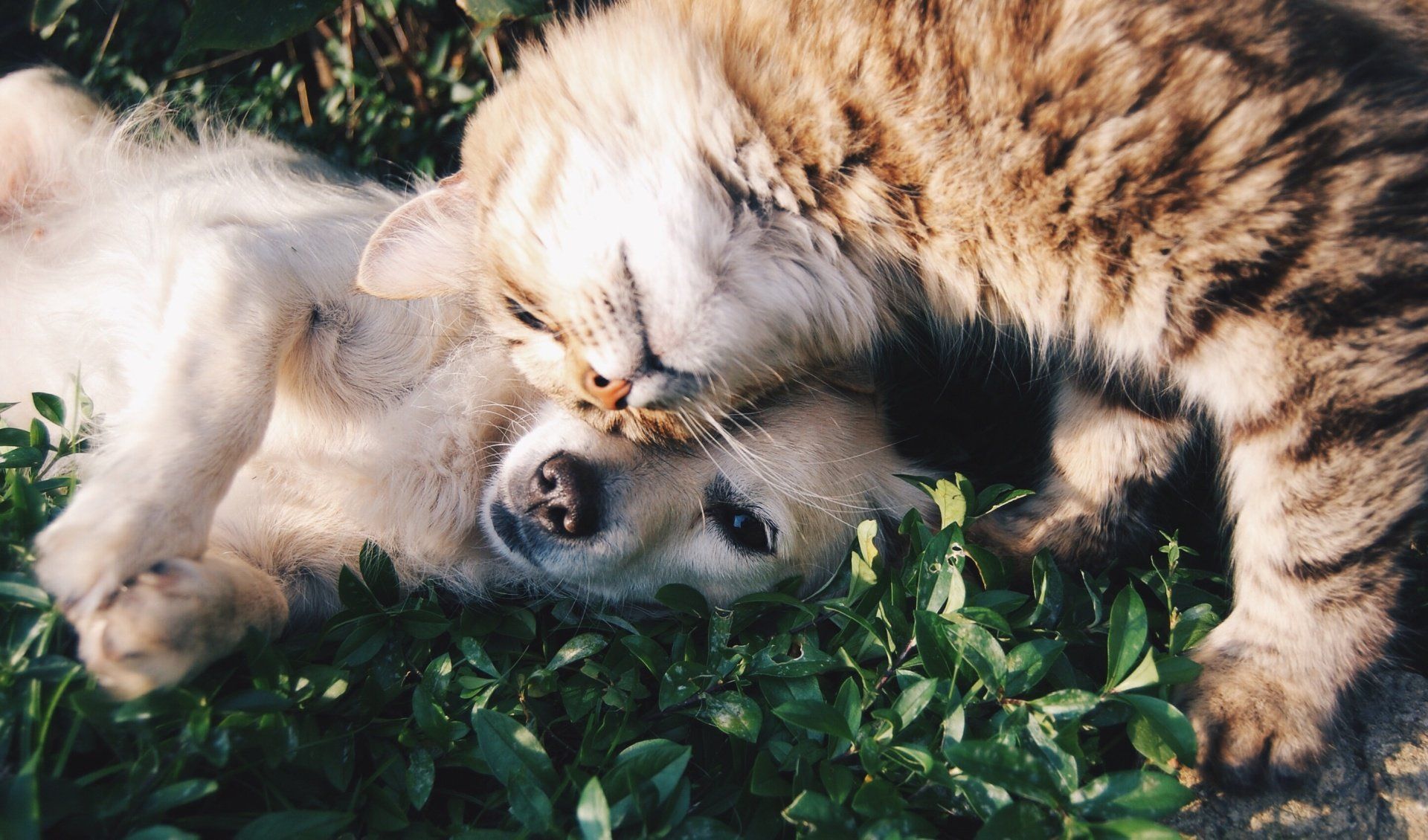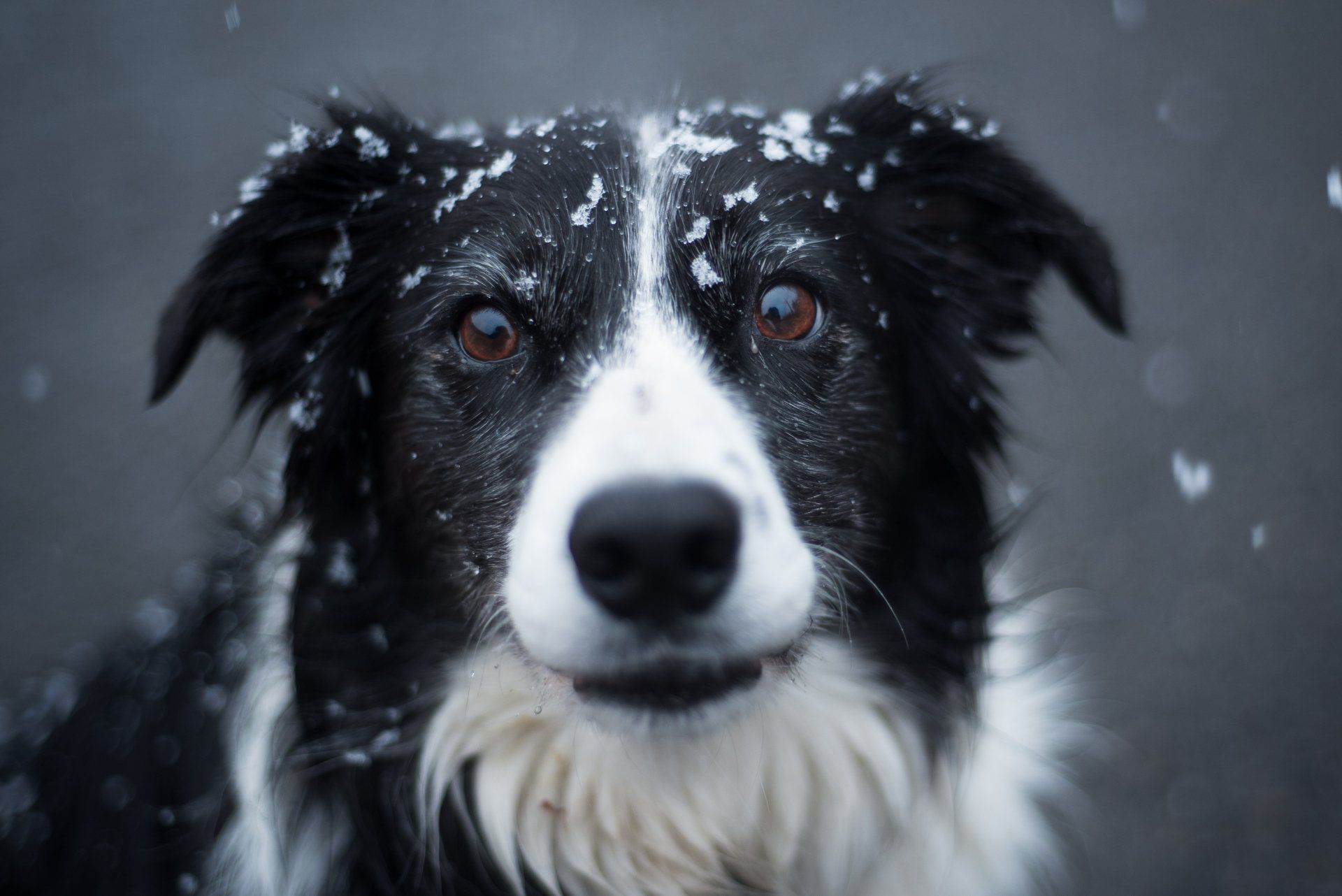Get in touch
555-555-5555
mymail@mailservice.com

Diabetes in Dogs and Cats
Diabetes is one of the more common endocrine (hormone) disorders in dogs and cats. The condition is characterized by a lack of or response to insulin in the body. Insulin is a hormone made by the pancreas to allow blood sugar to enter cells which enables cells to complete their basic functions. If there is not enough insulin or the body is not responding to the insulin present, blood sugar stays in the blood vessels and does not enter cells.
Types of Diabetes
Like with people, there are different types of diabetes:
- Type I or insulin-dependent diabetes - this means the pancreas does not make enough insulin and it needs to be supplemented. Dogs tend to get type I diabetes.
- Type II or noninsulin-dependent diabetes - this means either insulin from the pancreas is not making it into the rest of the body or the body is not responding appropriately to insulin. Cats most commonly get type II diabetes and can actually go into diabetic remission, meaning the disease can be reversible with lifestyle changes.
- Type III is hormone-induced or gestational and has been seen in dogs and cats, but is far less common.
Risk Factors for Developing Diabetes
In dogs, pancreatitis or inflammation of the pancreas is thought to damage the cells that make insulin and therefore can lead to pancreatitis. There may be a genetic component as well. Other endocrine disorders like hyperadrenocorticism or Cushing’s syndrome can also be associated with diabetes. Lastly, it is thought that obesity may lead to the development of diabetes in dogs though there have not been studies clearly showing this. Conversely, in cats, the main risk factor for developing diabetes is obesity.
Some dog breeds are predisposed to becoming diabetic like miniature schnauzers, pugs, poodles, Yorkshire terriers, Labrador retrievers, and bichon frises. Cat breeds like Burmese, Norwegian forest cats, and tonkinese may be at higher risk.

Signs of Diabetes
At home, you’ll notice that your pet is drinking and urinating a lot more than normal and may have weight loss despite a ravenous appetite. Cats can develop diabetic neuropathy, which is a nerve issue that is most commonly characterized by walking on their hocks - rather than walking on their paws, they will walk on more of their back legs. Dogs may develop cataracts secondary to diabetes.
Diagnosing Diabetes
Based on the clinical signs at home and physical examination findings, your veterinarian may be suspicious of diabetes and recommend baseline blood and urine testing. Additional testing like a blood fructosamine level may be indicated - this is like the A1C test in humans that gives an idea of blood sugar levels over a period of time. It’s often a good idea to do further urine testing with a urine culture, which checks for an underlying urinary tract infection. If your veterinarian suspects your pet may have two diseases at once like pancreatitis or Cushing’s syndrome then more tests may be indicated.
Treating Diabetes
Treating diabetes is different in dogs and cats because they get different types of diabetes. The goal is ultimately the same - resolve the clinical signs of diabetes, achieve weight gain, and improve general quality of life. Injectable insulin is used in both dogs and cats with high rates of success - the needle is so small most pets do not even notice they’re being poked! Making sure any concurrent illnesses are controlled is also critical for diabetic dogs and cats.
Treating dogs with diabetes
Since dogs get type I diabetes and do not have enough insulin made, diabetic dogs always need insulin. Dogs generally require twice daily injections of insulin. Changing to a low fat, high fiber is generally recommended for diabetic dogs, but diet change is not as important for dogs as it is for cats.
Treating cats with diabetes
Cats with diabetes require twice daily insulin injections initially. Changing to a canned diet high in protein and low in carbohydrates is also extremely important and can help lead to diabetic remission, meaning they may not need insulin! Some cats may go in and out of diabetic remission over time. It is also recommended for obese cats to lose weight.

Monitoring
Monitoring of blood sugar levels is important in cats and dogs, but unlike in people, insulin doses are not tweaked based on individual blood sugar readings and we cannot expect perfect glycemic control. Performing a blood sugar curve in which a reading is taken every 2 hours over the course of a day is helpful to know if insulin doses need to be changed.
Generally, it is recommended to wait 7-10 days between insulin adjustments to see the full effects. Blood sugar curves can be done in the veterinary clinic or at home. Some people learn how to do ear pricks to get a small blood sample. A continuous glucose monitor (CGM) like a FreeStyle Libre can be applied, which is a plastic sensor about the size of a one-dollar coin. With a CGM you can take blood sugar readings with an app on your smartphone!
Periodic lab work should be checked to keep tabs on organ function. And of course, keep a close eye on your pet at home to watch for signs of diabetes - more drinking and urinating may mean their diabetes is not well regulated.
Prognosis
In general, the prognosis for diabetes in dogs and cats is quite good if you follow the recommendations of your veterinarian and keep a close eye on your pet. Though diabetes can seem overwhelming especially at first, it becomes part of the routine quickly. Stay in close communication with your veterinarian and most pets do great!



